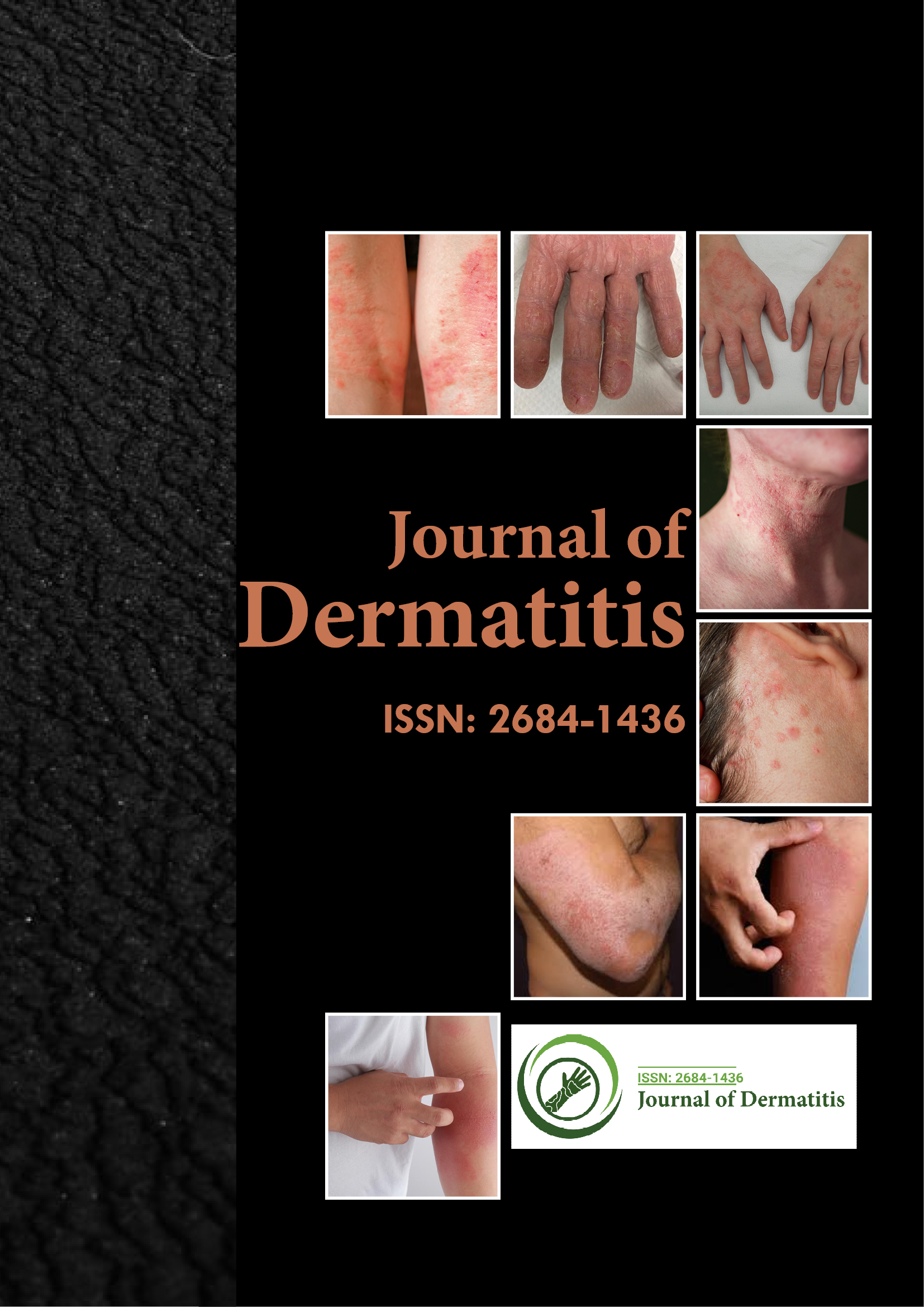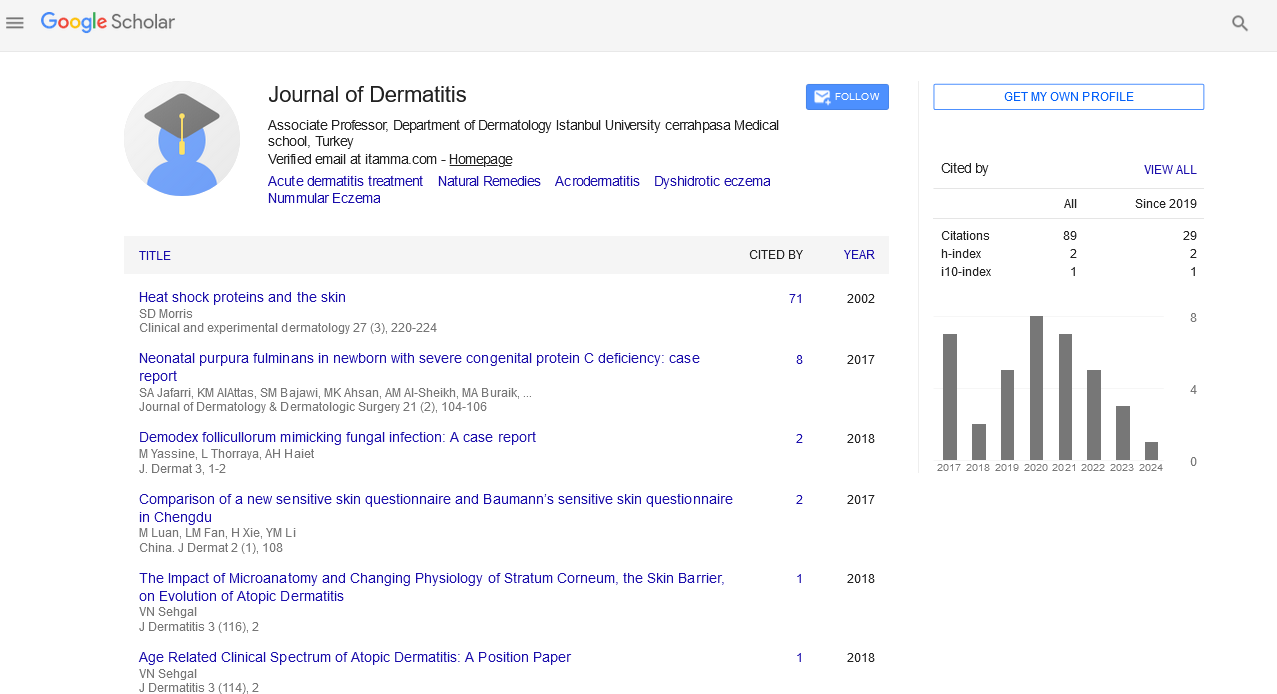Indexed In
- RefSeek
- Hamdard University
- EBSCO A-Z
- Euro Pub
- Google Scholar
Useful Links
Share This Page
Journal Flyer

Open Access Journals
- Agri and Aquaculture
- Biochemistry
- Bioinformatics & Systems Biology
- Business & Management
- Chemistry
- Clinical Sciences
- Engineering
- Food & Nutrition
- General Science
- Genetics & Molecular Biology
- Immunology & Microbiology
- Medical Sciences
- Neuroscience & Psychology
- Nursing & Health Care
- Pharmaceutical Sciences
Abstract
Update on Non-immediate Drug Allergy Reactions: State and New Aspects
Enrique Gomez* and Natalia Blanca-Lopez
Purpose of the review: Among the Adverse Drug Reactions (ADR), around 10-15% are driven by an immunological mechanism and considered as allergic drug reactions. Within the Type IV of drug allergic reactions and in accordance with Gell and Coombs classification, the non-immediate drug hypersensitivity reactions (NI-DHR) relates to the most complex group of drug allergy, being cellular mediated responses and appearing from 1 hour to several weeks after drug/metabolites exposure. Current diagnosis protocols are limited and there is an unmet need to identify a diagnostic approach that mimic the pathological response and enhance the possibilities for a more accurate and realistic diagnosis.
Recent findings: Changes in gene patterns induced during the acute phase of the NI-DHR provide clues of the underlying immunological mechanisms, while the study and identification of specific HLA profiles in selected patients allows making inference about the risk of suffer a reaction.
Conclusion: Advances on the knowledge of NI-DHR, based on genetic and transcriptomic analysis, will provide better understanding of the biology behind, as well as more opportunities to diagnose and treat the patients.
Published Date: 2021-07-05; Received Date: 2021-06-14

